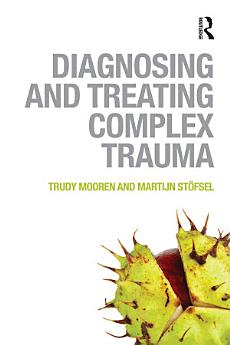Diagnosing and Treating Complex Trauma
เกี่ยวกับ eBook เล่มนี้
The book introduces a layered model for diagnosing and treating complex trauma in four parts. Part One introduces the concept of complex trauma, its historical development and the various theories about trauma. The authors introduce a layered model that describes the symptoms of complex trauma, and conclude with a discussion on the three-phase model. Part Two describes the diagnostic options available that make use of a layered model of complex trauma. Part Three discusses the treatment of complex trauma using the three-phase model as an umbrella model that encompasses the entire treatment. Chapters cover a multitude of stabilization techniques crucial to the treatment of every client group regardless of the therapeutic expectations. This part also contains an overview of the general and specific trauma processing techniques. The last chapter in this part covers the third phase of the treatment: integration. Part Four addresses the characteristics of different groups of clients who are affected by complex trauma, the components that affect their treatment and the suggested qualities required of a therapist to deal with each group. The book concludes with a chapter discussing the consequences for therapists providing treatment to people afflicted by complex trauma.
Developed from the authors’ own clinical experiences, Diagnosing and Treating Complex Trauma is a key guide and reference for healthcare professionals working with severely traumatised adults, including psychologists, psychotherapists, psychiatrists, social-psychiatric nurses, and case managers.
เกี่ยวกับผู้แต่ง
Trudy Mooren, PhD, is a clinical psychologist and senior researcher in Foundation Centrum ’45, a national institute for specialised diagnostics and treatment of psychotraumatic problems in the Netherlands. She is a licensed CBT, EMDR and family therapist and publishes in the field of complex trauma.
Martijn Stöfsel
, MSc, is a clinical psychologist at Sinai Centrum, a Jewish specialized institute for the treatment of posttraumatic stress disorder and comorbidity. He also runs a private practice for psychotherapy and is a lecturer and supervisor at the Dutch Society for CBT (VGcT). He publishes in the field of complex trauma.




